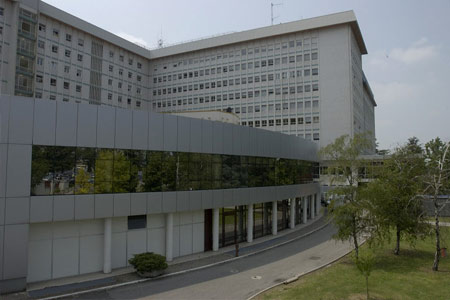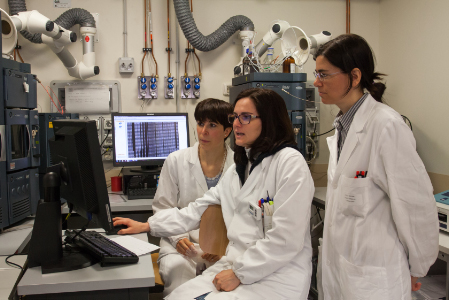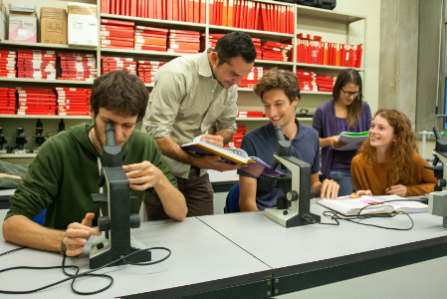The tumour microenvironment is emerging as a central player for the regulation of tumour
maintenance and growth. Beside resident stromal cells, the tumour is infiltrated by immune cells
that establish a sophisticated cross‐talk with cancer cells. Under such a dynamic process, cancer
cells can be completely eradicated, persist in an immune‐mediated latency, or outgrow as variants
with low immunogenicity. Systemic ablation of components of the immune system has been used
to elucidate the cellular and molecular bases of this process. In this scenario, a pivotal role in the
cross‐talk between the immune system and the tumour is mediated by myeloid dendritic cells
(mDC), which play a key role in the activation of both innate and adaptive immune effector cells,
including natural killer (NK) cells and cytotoxic T lymphocytes (CTL). Human peripheral blood mDC
include different subpopulations, whose specific role in the tumour microenviroment has not been
completely addressed to date. In particular, whether the major subset of circulating human mDC,
known as slanDC (because of the specific expression of a carbohydrate modification of PSGL‐1, 6‐
sulfo LacNAc), is involved in the modulation of this process, has remained completely unexplored.
The latter cells have a strong ability to activate NK cells and induce proliferation of antigen specific
T cells.
In this proposal, we plan to verify the contribution of slanDC in the immune response
against human cancer. In particular, by using multiple in vitro and ex‐vivo strategies, we seek to: a)
extend the analysis on the functional properties of slanDC; and b) analyze the occurrence,
distribution, phenotype and function of tumour‐associated slanDC. The research plan proposed
herein is organized in six tasks. In particular, we will: study the molecular mechanism(s) regulating
the production of IL‐12p70 and TNFα by slanDC during maturation/activation (TASK 1); investigate
the molecular mechanisms regulating the survival of slanDC (TASK 2); characterize the microRNA
(miRNA) expression pattern in slanDC from healthy donors and tumor‐carrying patients (TASK 3);
identify and characterize slanDC in neoplastic tissues and clinically correlate the obtained results
with disease severity/progression (TASK 4); assess the phenotypic and functional properties of
slanDC from peripheral blood and neoplastic tissue of tumor‐carrying patients (TASK 5); assess
whether slanDC may acquire immunosuppressive properties within the tumor microenvironment
(TASK 6).
By this study, we expect to shed new light and gain completely novel information on the
role of slanDC in human tumours. Our results will not only allow to better characterize the cells
infiltrating the tumour microenvironment, in particular the infiltrating DC subsets, but they will be
also relevant for a therapeutic perspective given the relative abundance of slanDC in the
peripheral blood and their potent ability to delivery antigens in addition to activate NK and T cells.
Overall, these studies will uncover new cellular targets that could be selectively manipulated for
therapeutic purposes in anti‐cancer therapies.







